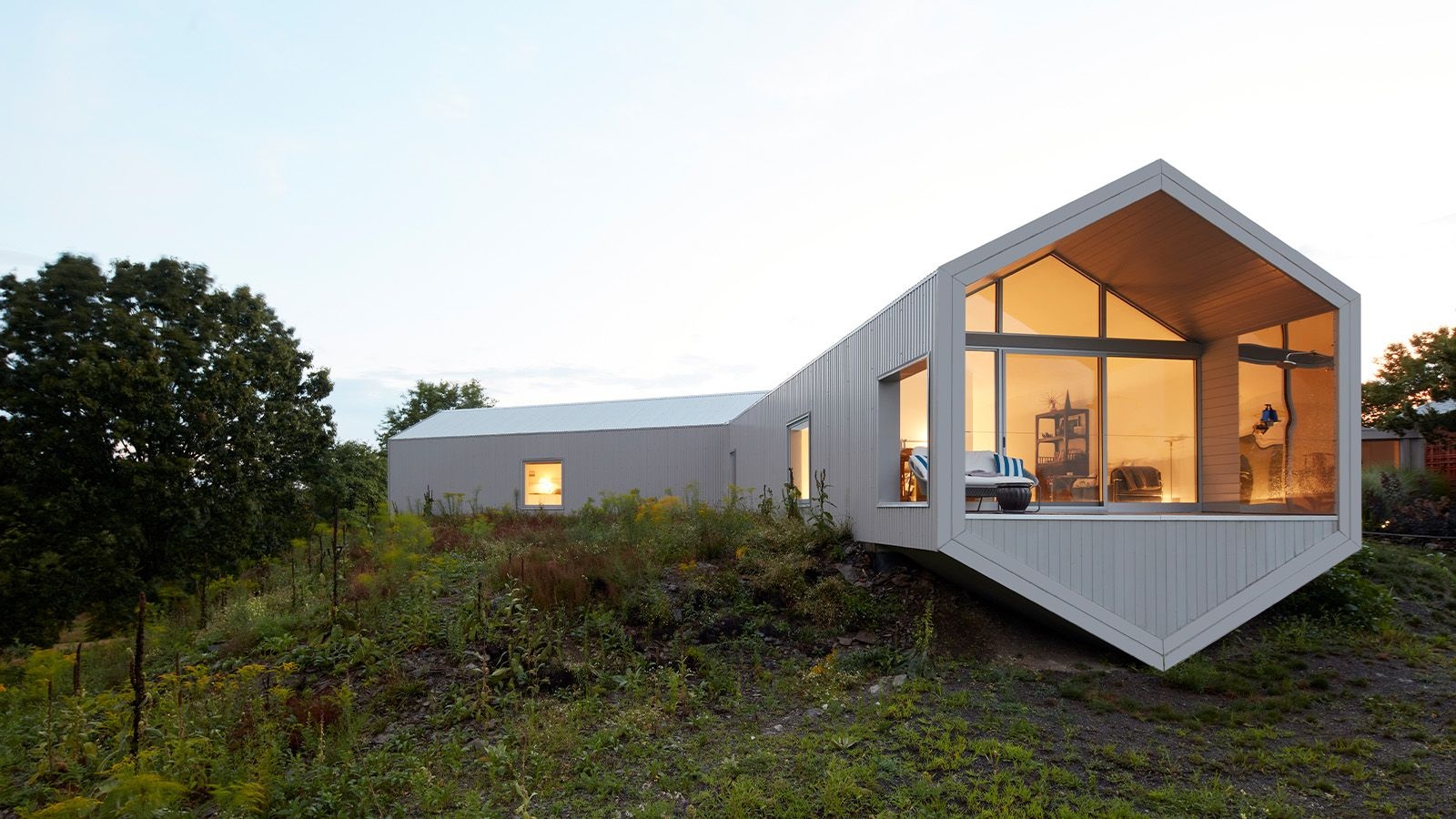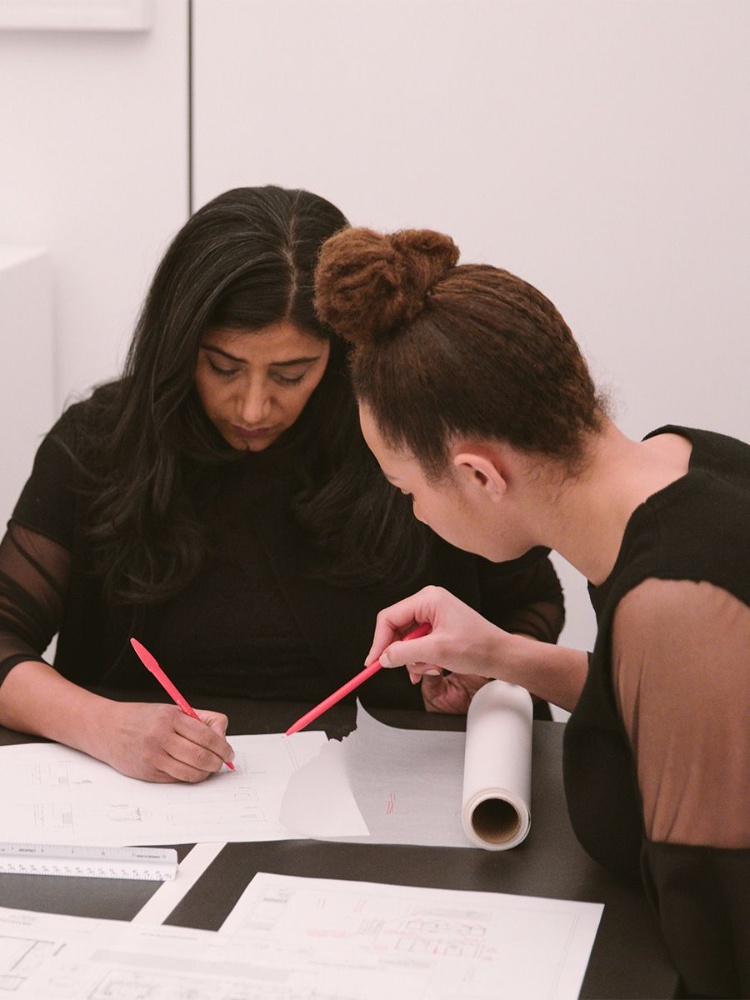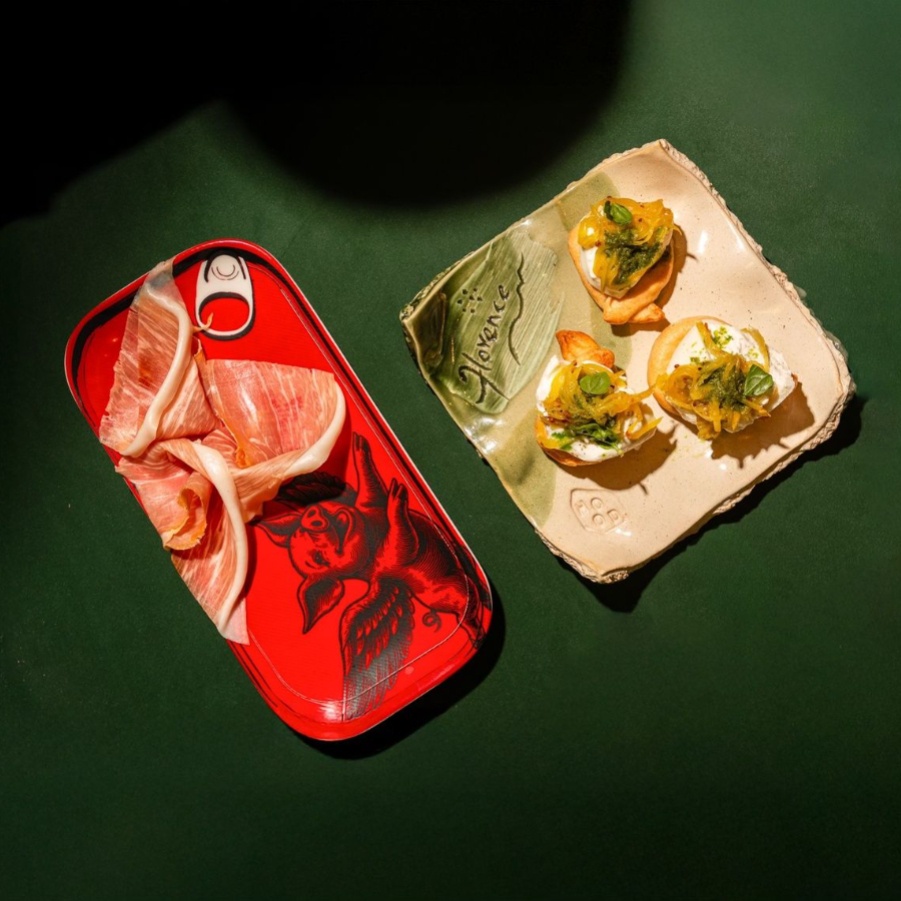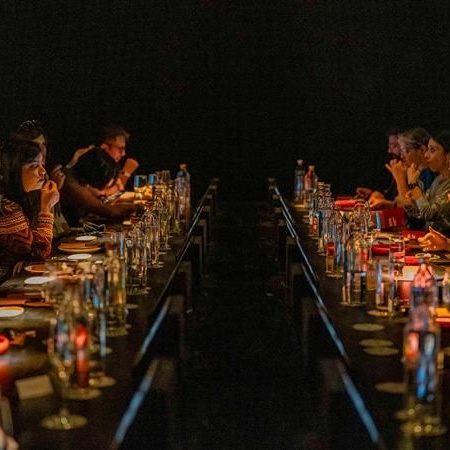Even as a child, Suchi Reddy knew her home was special. It was the early 1970s, and her hometown of Chennai (then Madras) was one of the country’s busier metropolises. Still, she always came home to the rare privilege of nature. Her house, built around a central courtyard, opened out to a garden on all four sides; her family would often have dinner on a blanket spread out in the lawn under the moonlight. “The smell of the jasmine and the temple trees, the textures in the house, the warm wood against the light…I was constantly attuned to the materials around me,” she recalls nostalgically. “This sort of sensitivity to both nature and humanmade atmospheres was something that was ingrained in me. I remember having a strong feeling that the space was making me the person I was going to be.”
Reddy moved to the US at age 18, earned a degree in architecture from the University of Detroit Mercy, and finally in 2002, founded her firm, Reddymade Architecture and Design, in New York City. Reddy made has designed residences, offices, stores, and public art installations across the world—and none of her designs have escaped the impact of her childhood home. While her peers were aligning themselves with Brutalist or postmodern traditions, Reddy was busy chasing an ineffable feeling: designing spaces with the hope of conjuring up the same experiences that she associated with her own home—wonder, serenity, security, and a strong sense of community. She even came up with a term to express this idea: she was designing for the “democratic space of the body”.
While spaces at home are often designed to create certain moods or experiences—many architects suggest warm wood flooring in bedrooms, for instance, and living rooms washed in reflective whites—Reddy brings this tendency even into her commercial projects. Her own office stands as a prime example: you walk from the clamour of Manhattan’s Greenwich Village into a zen-like sanctuary dotted with mantras and monochromatic artwork and textured wood that all seems to absorb the chaos of the city, before leading you into the heart of her bustling office. “Feelings are actually a series of chemicals in the body,” she explains, “And those are constantly being affected by different interactions and different atmospheres.” About 15 years ago, she realised there was a scientific study dedicated to exactly what she was doing: neuroaesthetics.









